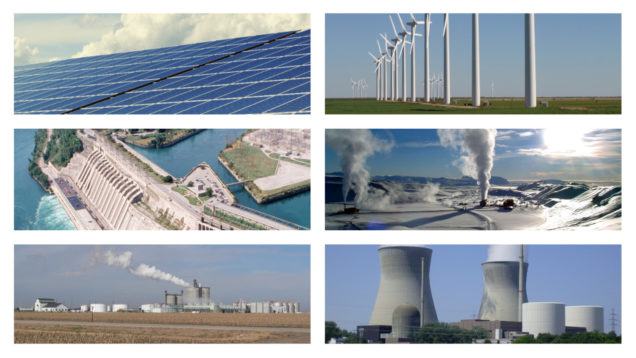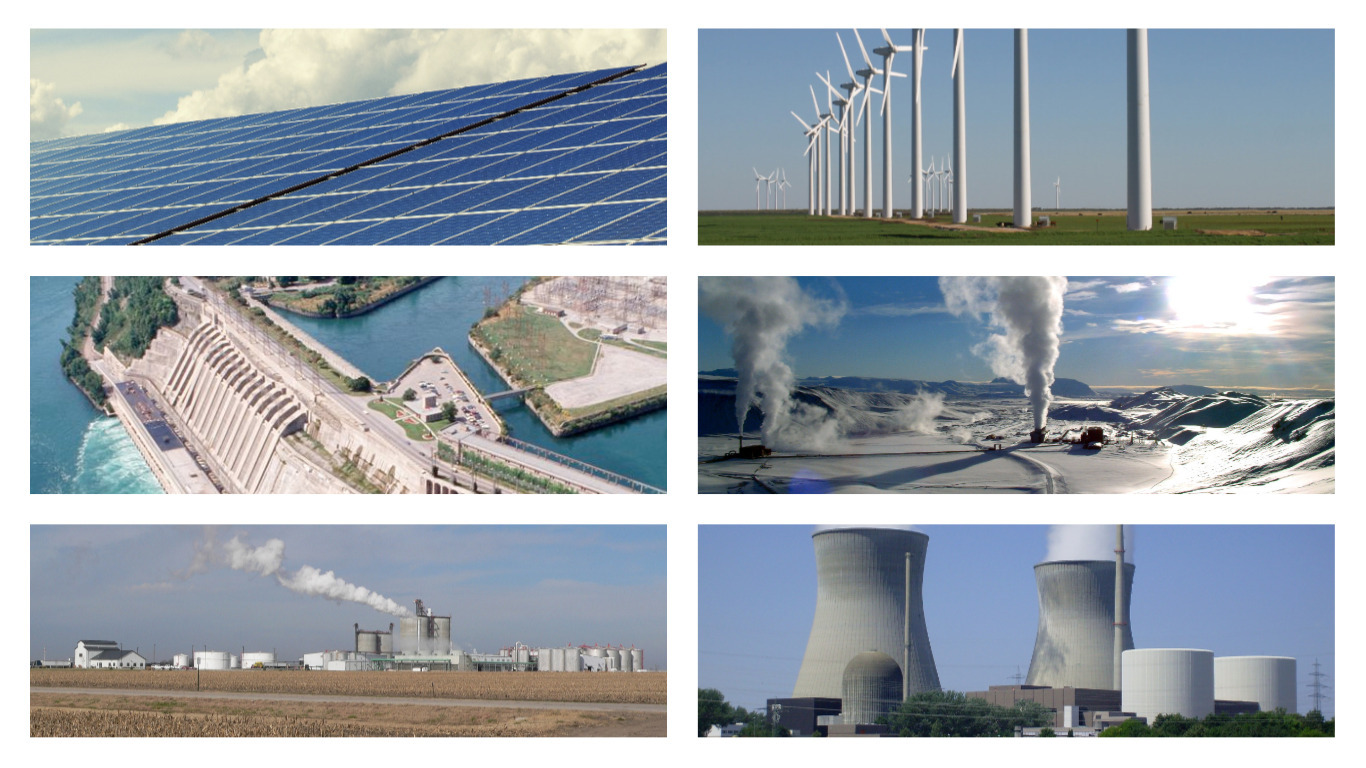For most people, alternative isn’t necessarily the first word that comes to mind when thinking about energy. Those energy bills come and go every month, as users pay to light their homes, charge their electronics, keep the air comfortable, and eat and cook fresh, healthy food.
Power lines grid the cities, bringing homes and businesses the energy they so desperately need. Oftentimes, we just accept energy for something outside of our control.
Meanwhile there is a revolution underfoot, at least according to the researchers at the United States Department of Energy, who are saying an energy revolution is underway.
Experts from the American Council for an Energy Efficient Economy are calling 2017 a record year for investments in energy efficiency.
And about $221 billion was spent worldwide on energy efficiency in 2015, up about six percent over 2014, according to the International Energy Agency.
What are the different types of alternative energy sources?
The cast and crew that make up the alternative energy revolution are a recognizable bunch:
Solar
Solar energy is thought to be the most abundant energy resource on Earth, according to the Department of Energy. 173,000 terawatts of solar energy strikes the Earth constantly, Energy.gov reports, which is more than 10,000 times the world’s total While the demand for solar energy is at an all-time high, prices are becoming more affordable for the average homeowner or business owner.
Wind
According to Energy.gov, the United States is home to one of the largest and fastest-growing wind markets in the world. And much like the industry itself, wind turbines are rapidly getting larger in scale. While people have harnessed wind power for thousands of years, today’s wind turbines contain as many as 8,000 different components to function as they do. There are 500 wind-related manufacturing facilities across the United States, Energy.gov reports, and the U.S. wind industry currently employs more than 101,000 people.
Water
Hydropower, waves and tides are another of the most notable renewable resources that harness the power in water. At a lower cost than most energy sources, EIA reports hydroelectricity provides about 7 percent of the electricity generated in the United States and about half of the electricity from all renewable sources. Facilities can be grandiose, like the Hoover Dam, but they don’t have to be. Many hydropower facilities, which function when flowing water spins a wheel or turbine, can also take advantage of water flows in municipal water facilities or irrigation ditches, according to Energy.gov.
Geothermal
With one of the smallest environmental footprints among its renewable resource comrades, according to Energy.gov, geothermal energy is derived from heat below Earth’s surface. Wells are drilled thousands of feet into the Earth, where temperatures reach as high as 350 degrees, to access the hot rock that makes up the Earth’s crust. Cold water is pumped into the wells, causing the hot rock to crack and generate heat, which travels back up to the surface water to create steam.
Bioenergy
Also known as biomass energy, bioenergy is an organic renewable resource that puts materials like forest residue, energy crops, and algea to work. According to Energy.gov, scientists and engineers are constantly researching and developing new, more efficient ways to convert biomass into fuel that can replace conventional fuels like gasoline and diesel.
Nuclear
One of the most complicated of the group, nuclear power uses sustained nuclear fission to generate heat and electricity. Nuclear power provides about 6 percent of the world’s energy, according to Energy.gov, and contributes to almost 20 percent of the electricity generated in the U.S.
Learn More
Getting first educated on the different types of alternative energy is a smart move for homeowners. Once equipped with this foundational knowledge, you should evaluate how your home uses energy, so you can find opportunities to make changes, implement alternative sources like solar where appropriate, and reduce total expenditures.
To learn more about how you use energy, contact an independent authorized Yellowblue dealer near you. All Yellowblue dealers are trained in energy efficiency and healthy home improvements, and can provide you with the resources to save energy and live more comfortably.




